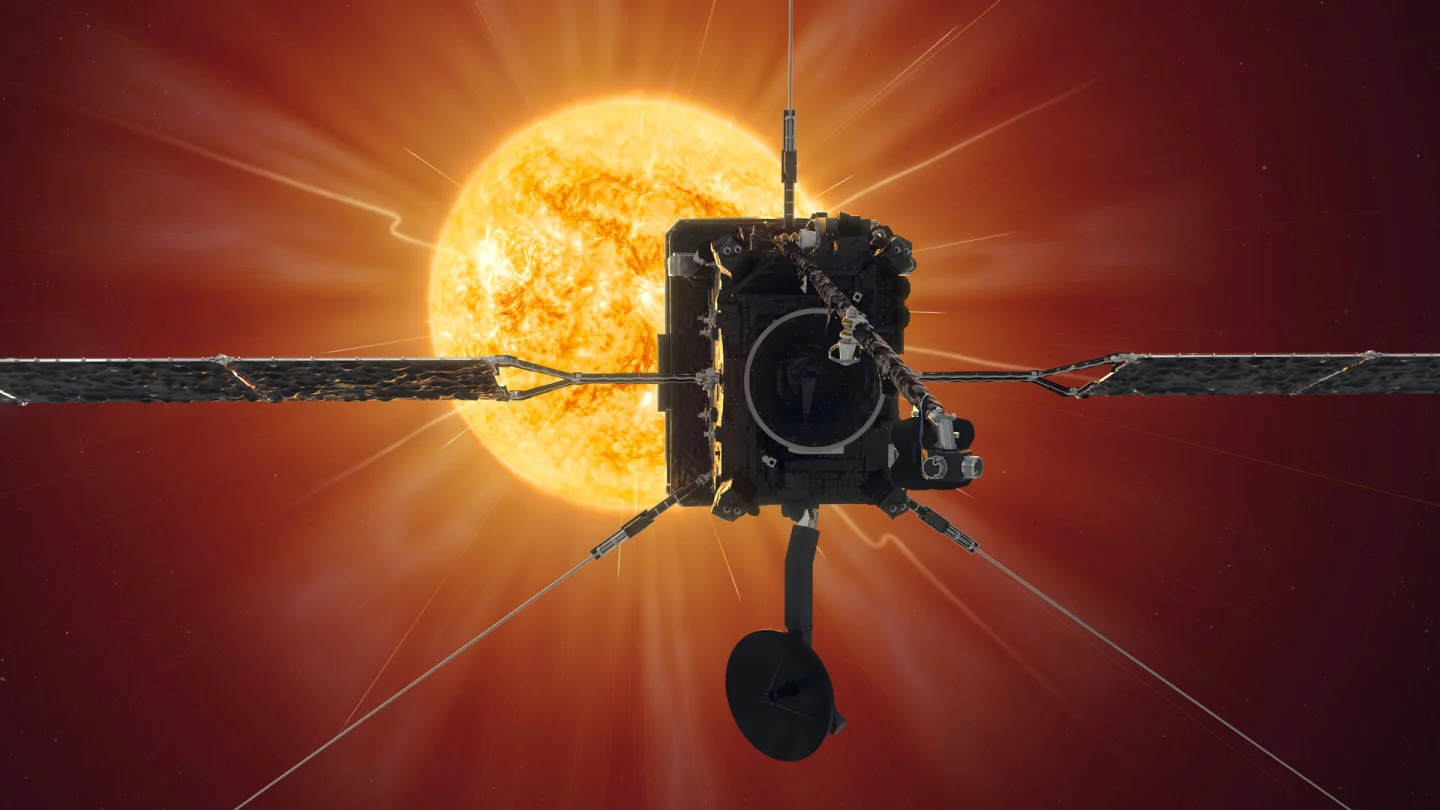The Solar Orbiter spacecraft has captured a dramatic image of a giant eruption from the Sun. According to the European Space Agency, this is the largest solar prominence eruption ever observed with the full solar disk in a single image and, luckily, it wasn't pointing at Earth.
Though it seems constant and unchanging, the Sun is actually a variable star whose energy output changes over time. In cycles of 11 years, the Sun's activity shifts from periods of low activity to periods of high activity and back again.
The Sun's behavior is complex, and even the basic mechanisms that powers its titanic nuclear reactions aren't fully understood. The 11-year activity cycles occur inside much longer solar cycles measured in decades. In some periods, called maximums, the Sun becomes very active across the 11-year cycle, as marked by large numbers of sunspots. At other times, called minimums, it becomes relatively inactive in the cycle.
Currently, the Sun is in a period that may be approaching a minimum, but it can still have some surprises, like the giant prominence and possible solar flare that erupted on February 15. This prominence, which is a massive ejection of incandescent gases from the Sun that runs along tangled magnetic field lines, was on the far side of the Sun, so it posed no hazard to the Earth, but had it been pointing in our direction it could have wreaked havoc with communications, satellites, navigation, and even terrestrial power grids.

What made this eruption particularly significant from our point of view was how well observed it was. The joint NASA/ESA Solar Orbiter's Full Sun Imager (FSI), which is a key part of the Extreme Ultraviolet Imager (EUI), was able to see the entire prominence plus the whole disc of the Sun in one image, providing a very complete picture of the event.
Solar Orbiter managed this because the FSI works in the extreme ultraviolet, so it can look at both the Sun and its atmosphere or corona at the same time. In the visual spectrum, a disc called an occulater is needed to cover the solar disc so that the corona isn't lost in the glare.
It was also lucky timing. Solar Orbiter is currently moving in for a close encounter with the Sun when it will pass within 27.9 million miles (44.9 million km) as it studies the solar polar regions, which will be too close to have captured such a large prominence and the Sun in one shot. However, at its present distance, it can take images equivalent to five times the radius of the Sun.
ESA hopes that by comparing such large images of the Sun and its vicinity with observations by other spacecraft, including SOHO, the Parker Solar Probe, and the BepiColombo mission, it should be possible to develop a better understanding of such prominences and how to protect the Earth from them.
Source: ESA






